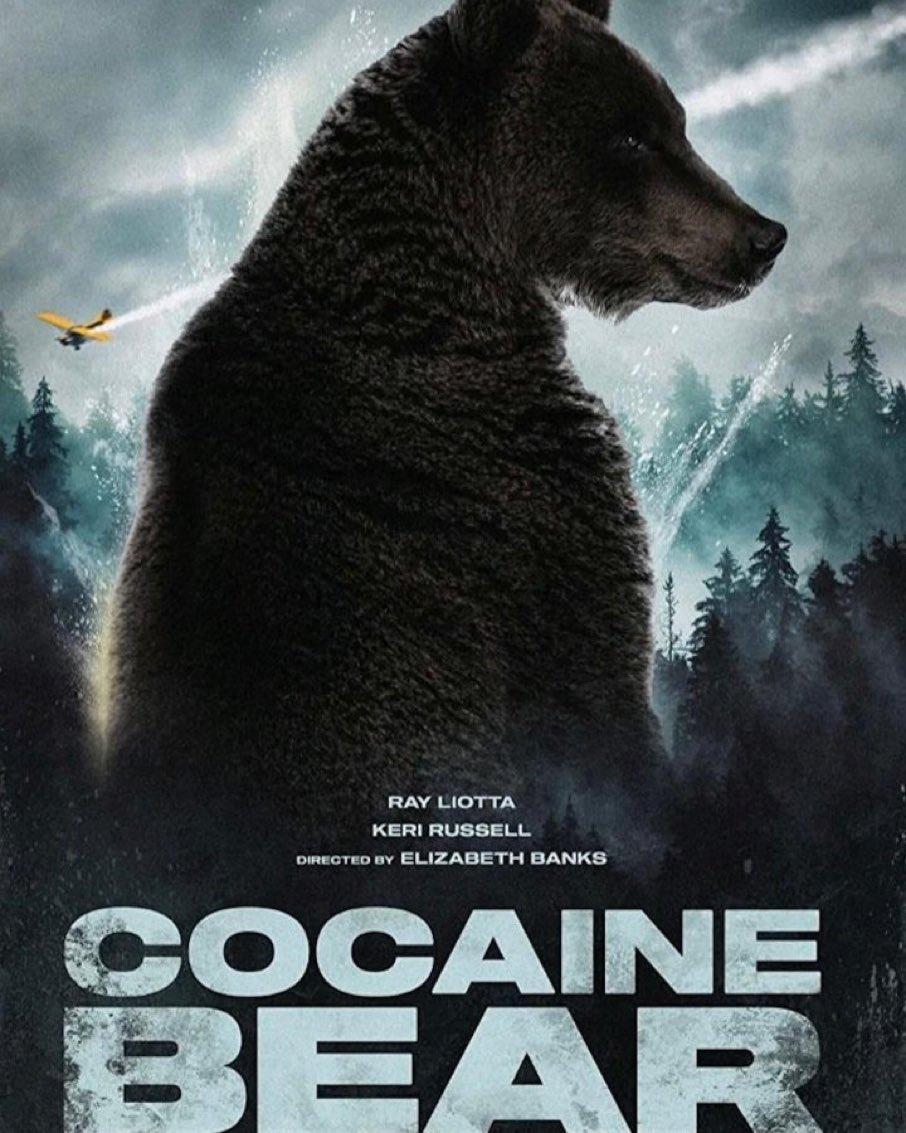Cocaine Bear: A Wild Tale Of Excess And Intrigue
In the realm of bizarre and captivating stories, few can compare to the legend of the Cocaine Bear. This extraordinary tale intertwines elements of crime, wildlife, and unexpected consequences, generating both curiosity and bewilderment. The saga of this unfortunate bear, who found itself in the midst of a drug smuggling operation gone awry, serves as a cautionary tale about the effects of human actions on the animal kingdom. As the story unfolds, it raises questions about morality, responsibility, and the lengths to which people will go for money and power.
The Cocaine Bear, a black bear, became an accidental victim of a drug deal in the early 1980s when it ingested a significant amount of cocaine that had been carelessly discarded by a smuggler. The incident not only made headlines but also ignited a fascination with the intersection of nature and human folly. As the bear’s story spread, it transformed from a tragic event into a pop culture phenomenon, inspiring documentaries, films, and even a renewed interest in the consequences of drug trafficking.
As we delve deeper into the enigma of the Cocaine Bear, it becomes evident that this story is not solely about a bear or drugs. It reflects broader societal issues, including addiction, the impact of illegal substances on wildlife, and the often-ignored ecological consequences of human greed. Join us as we explore the life of the Cocaine Bear, the events that led to its fateful encounter, and the legacy it leaves behind.
What Happened to the Cocaine Bear?
The Cocaine Bear's story begins with a drug smuggler named Andrew Thornton, who, in 1985, was involved in a scheme to transport cocaine from Colombia into the United States. After a botched drop-off, he discarded several duffel bags filled with cocaine over the Chattahoochee National Forest. Tragically, the bear stumbled upon these bags and ingested a significant quantity of the drug. What followed was a series of events that would leave an indelible mark on the community and wildlife alike.
How Did the Cocaine Bear Die?
After consuming the cocaine, the bear was found dead in December 1985. An autopsy revealed that the bear had ingested over 70 pounds of cocaine, leading to its untimely demise. The case drew attention not just for the bizarre circumstances but also for the implications of drug trafficking on wildlife. The Cocaine Bear became a symbol of the consequences of human recklessness.
What Legacy Did the Cocaine Bear Leave Behind?
In the aftermath of the bear's death, its body was preserved and displayed in the Kentucky for Kentucky Fun Mall, attracting curious visitors and animal lovers. The Cocaine Bear became a pop culture icon, inspiring various films, documentaries, and merchandise. This legacy serves as a reminder of the intersection of human actions and their impact on the natural world, sparking discussions about wildlife protection and drug trafficking.
Is the Cocaine Bear a Symbol of Drug Culture?
Many view the Cocaine Bear as a symbol of the drug culture that permeated the 1980s. The story resonates with those who recognize the destructive nature of addiction and the unintended consequences of drug trafficking. The bear's unfortunate fate serves as a stark reminder of how human vices can affect even the most innocent creatures.
Could the Cocaine Bear Have Been Saved?
Questions often arise about whether the Cocaine Bear could have been saved had the drugs not been left in its habitat. The discussion extends to the broader implications of drug smuggling and wildlife conservation. This incident highlights the need for stricter regulations on drug trafficking and greater awareness of the ecological impact of such actions.
What Can We Learn from the Cocaine Bear?
- The importance of wildlife conservation and protection.
- The far-reaching effects of drug trafficking on ecosystems.
- Societal responsibility in preventing drug-related incidents.
Biography of the Cocaine Bear
| Attribute | Details |
|---|---|
| Name | Cocaine Bear |
| Species | American Black Bear |
| Date of Incident | 1985 |
| Location | Chattahoochee National Forest, Georgia, USA |
| Cause of Death | Cocaine overdose |
| Legacy | Pop culture icon, symbol of drug culture |
Why Is the Cocaine Bear Relevant Today?
The Cocaine Bear continues to resonate with audiences today, not only as a fascinating true story but also as a cautionary tale about human interaction with nature. Its legacy prompts discussions about wildlife conservation and the ethical implications of drug trafficking, reminding us that our actions can have far-reaching consequences.
What Future Awaits the Cocaine Bear's Legacy?
As interest in the Cocaine Bear story persists, it is likely that new adaptations and discussions will emerge. Whether through films, documentaries, or educational initiatives, the tale of the Cocaine Bear serves as a platform for addressing critical issues in wildlife protection and the ecological impact of human behavior. Its legacy will continue to inspire conversations about responsibility and the need for greater awareness of our actions.
In conclusion, the Cocaine Bear represents much more than a peculiar incident; it embodies the complex relationship between humans and the natural world. As we reflect on this story, we are reminded of the importance of protecting wildlife and the ethical considerations that come with our actions. The Cocaine Bear will forever remain a captivating figure in the annals of both drug culture and wildlife history.
Unveiling The Legacy Of Usher Raymond's Father
Rediscovering The Charm Of <strong>Rudolph The Red-Nosed Reindeer 1964</strong>
On My Mama: A Deep Dive Into Its Meaning And Cultural Significance

